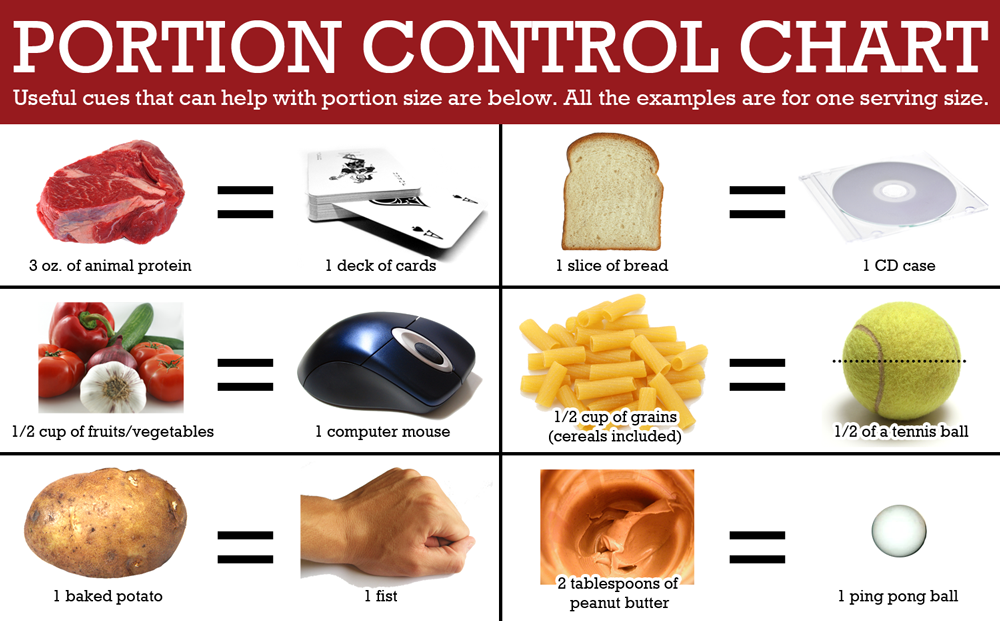Tips for Healthy Living from III Pillars Training
Tips for Healthy Living with III Pillars Training
We’ve partnered with III Pillars, a gym in Menlo Park which strives to create a one-on-one training facility. They  believe that exercise, nutrition and restoration all play an equal role in achieving optimal health. I really like the energy and total commitment that both Ryan and Erik have to bring healthy living to our community. — Carmelo Sigona
believe that exercise, nutrition and restoration all play an equal role in achieving optimal health. I really like the energy and total commitment that both Ryan and Erik have to bring healthy living to our community. — Carmelo Sigona
Back to the Core
By Ryan Manuel, BS, a ACSM Health Fitness Specialist & Erik Heywood, BS, CSCS, CES, a Certified Metabolic Typing Advisor at III Pillars
If you ask someone what ‘the core’ means, many will define it as the abdominal muscles. The true definition of core is the center, and in relations to your body it is your center-of-gravity. So when we only refer to the abdominal muscle group as the core, we are only looking at one wedge of the apple.
Your core is housed by a series of bones and muscles. The framework needed to manage your core is the pelvis and spine. To keep the framework from ‘collapsing’, there must be constant  communication between the muscles that support the structure. The primary core muscle groups are the glutes, quadriceps, hamstrings, hip flexors, abdominals, spinal erectors, and latissimus dorsi. There are also a handful of secondary muscle groups that are important in supporting the core.
communication between the muscles that support the structure. The primary core muscle groups are the glutes, quadriceps, hamstrings, hip flexors, abdominals, spinal erectors, and latissimus dorsi. There are also a handful of secondary muscle groups that are important in supporting the core.
To understand how important it is for these muscles to communicate and be relatively balanced, visualize seven people (primary muscles) carrying a kiddie pool (pelvis and spine) filled with water (COG). If one person is stronger or weaker or wants to go a different direction than the rest, it can lead to a messy situation. In other words, if there is imbalance within the core, the body will compensate, possibly leading to discomfort and injury.
Now that you know more about the core muscles and the structures involved, here is a great exercise to put it all together. The name of this exercise is called pelvic tilts, and the goal is to teach you how to coordinate the proper muscles to move your pelvis. Begin by laying flat on your back with arms out, knees bent, and feet flat on the floor. When the pelvis is not in motion and your body is relaxed, this is called neutral position. Without moving your hips off the ground, arch your low back off the floor. This position is called anterior pelvic tilt. Next, close the arch completely, and press the lower back to the floor. This position is called posterior pelvic tilt. Repeat the motion of anterior and posterior pelvic tilt for about 10 times each.
A great stabilization exercise for the core is the single leg march. The goal of this exercise is to keep the pelvis stable while the leg is in motion. To begin, start in the same position as the pelvic tilts exercise. While keeping knees bent, lift one foot off the floor until the knee points upwards. Slowly return the foot back to the floor, and repeat with the other leg. Start with a set of 10 repetitions for each leg.












